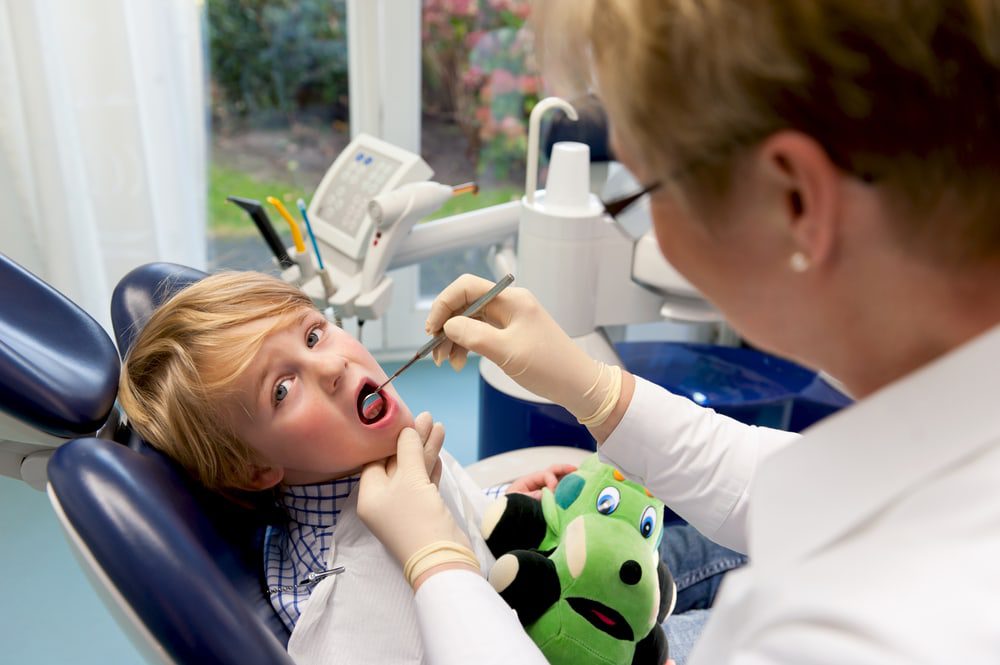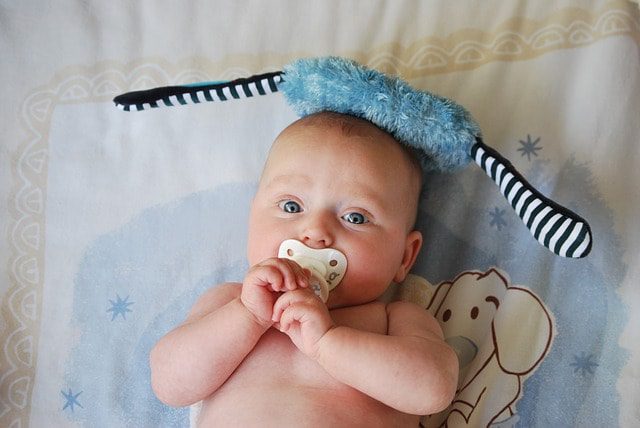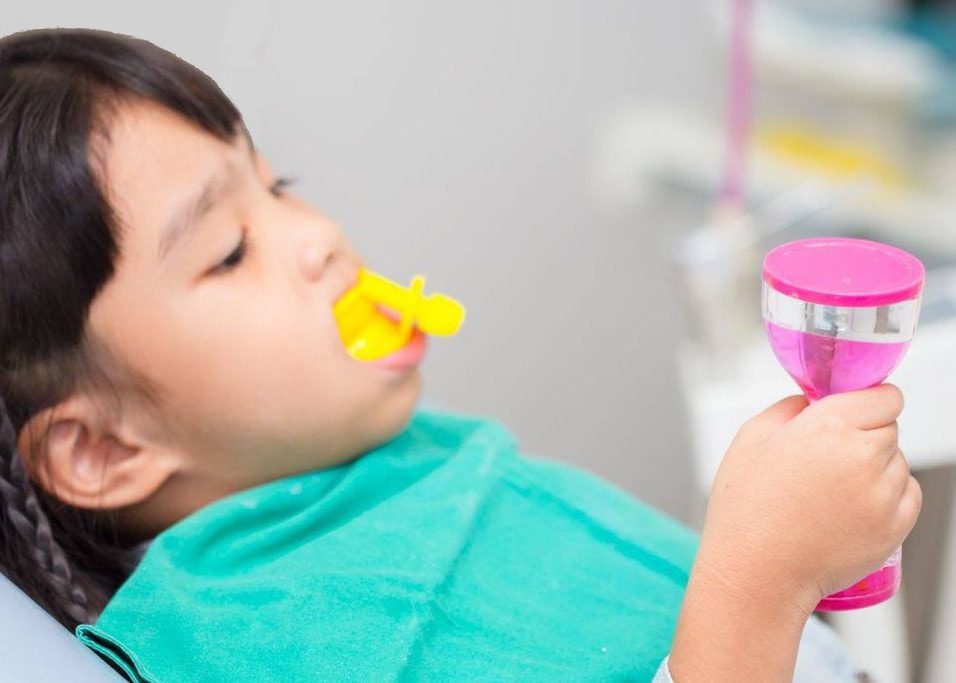Good dental habits start early in life. When children visit the dentist regularly, potential problems can be spotted early, helping ensure all new teeth emerge correctly. Also, early dental visits help children learn proper care habits.
Do kids really need teeth X-rays as a regular part of dental care? Many parents are concerned about radiation exposure. While that does pose a (slight) risk, X-rays are a vital part of a comprehensive oral health plan. Here’s a closer look:
When and How Often Do Kids Need X-Rays?
If the child doesn’t have a history of cavities or dental problems, most dentists will typically limit X-rays to once a year or possibly once every two or three years. However, if the child frequently has dental problems, X-rays might be needed every six months.
Because of their small size, baby teeth can develop problems more quickly than adult teeth. Bacteria have an easier time penetrating the enamel and reaching the tooth’s interior. If the dentist suspects any teeth are at risk of decay, they’ll likely use X-rays to learn more, as the treatment window for children is generally smaller than it is for adults.
At what age should kids get dental X-rays? Many dentists recommend that children have their first X-rays after they have two teeth that touch, which usually happens between nine and 13 months. Your dentist might also want to take X-rays as certain teeth start to erupt through the gum line.
Do kids really need teeth X-rays? Yes, dental professionals agree that the benefits far outweigh any potential risks.
Why Are Baby Teeth X-Rays Important?
X-rays play an important role in keeping baby teeth healthy. They allow the dental professional to spot cavities, cracks, and signs of decay. The earlier a dental problem is detected, the easier (and more affordable) treatments become.
Aside from detecting issues with erupted teeth, X-rays also help the dentist examine teeth still below the gumline. Your dentist can determine if teeth will emerge at the correct angle and have enough space to avoid crowding in the mouth. Essentially, X-rays allow the dentist to view teeth in a way they couldn’t see otherwise.
Types of X-Rays
Do kids really need teeth X-rays? Yes, but the type of X-ray needed isn’t always the same. There are several types of baby’s teeth X-rays, each intended for a specific purpose.
Bitewings
These X-rays provide a picture of the crowns (the visible part of the tooth) for one area of the mouth, such as the molars. Bitewing X-rays detect tooth decay, especially buildup between teeth. They also help measure changes in bone density, which can potentially signal gum disease.
Periapical
This type of X-ray creates a complete picture of one or two teeth, displaying every aspect from root to crown. They’re typically used to assess root and bone structure.
Occlusal
Occlusal X-rays take a picture of the entire arch of either the top or bottom row of teeth. They help your dentist analyze if your child’s teeth have the correct placement when biting.
Panoramic
Panoramic X-rays create a picture of the whole mouth, including both rows of teeth. They’re commonly used when diagnosing and treating issues related to tooth emergence or impacted teeth. They’re also used in rarer situations involving tumors on the jaw.
Cephalometric
Cephalometric X-rays are used when developing orthodontics. The X-ray shows the patient’s entire head in profile view, including the teeth and the jaw.
Cone Beam Computerized Tomography
Computerized tomography creates a three-dimensional digital image of the teeth, gums, mouth, and neck (together known as the maxillofacial region). It’s used in the treatment of abnormal tooth eruptions, cleft palates, root canals, and facial damage, such as jaw or sinus damage.
What Are the Concerns with Dental X-Rays for Children?
Kid X-rays for teeth provide many benefits, but there are a few areas of potential concern.
Children have increased sensitivity to the harmful effects of radiation compared to adults. While kids are only exposed to a minuscule amount of radiation during an X-ray, the per-unit dose is proportionally higher for kids than adults.
Accumulation times are another potential concern. When a young child has an X-ray, the radiation remains in their body for much longer during their life than the radiation from an X-ray given to an adult. It’s why dentists perform multiple X-rays a year only when the child suffers from frequent dental problems.
Finally, the type of equipment used can potentially cause concern. Older X-ray machines typically only have one setting, which often uses more radiation than necessary for a child’s X-ray. For maximum safety, you’ll want to find a dentist near you who uses modern X-rays machines with adjustable radiation levels.
Are X-Rays Safe?
Yes, all professional dental organizations recommend dental X-rays for kids, provided the dentist follows all established safety guidelines. The benefits of X-rays in diagnosing and treating dental problems far outweigh the low risk of possible complications due to the minimal levels of radiation exposure.
The Food and Drug Administration has issued guidelines for pediatric dental X-rays. They recommend that dentists use the lowest radiation dose necessary to obtain a picture. Many pediatric dentists use digital X-rays, which don’t require X-ray film, so less radiation is needed to develop the image.
Additionally, dentists should place a leaded apron or thyroid collar on the child. The lead blocks the body from radiation.
Finally, maintaining excellent dental health reduces the need for X-rays. If a child doesn’t have a history of cavities, the dentist might decide to limit X-rays to every two or three years, further reducing radiation exposure levels.
Conclusion
How often do kids really need dental X-rays? The answer depends on their age and overall dental health. If they have a history of good dental health, they might only need X-rays every one to three years. If they have decay or tooth emergence issues, X-rays might be needed every six months until the problem is treated.
Regardless of how often a kid needs X-rays, the dentist at Children’s Dental FunZone will take all precautions to limit radiation exposure, helping minimize any potential risks. X-rays are an important part of a larger dental care routine that can help create healthy smiles for life!




